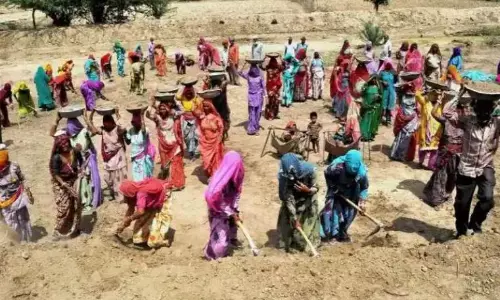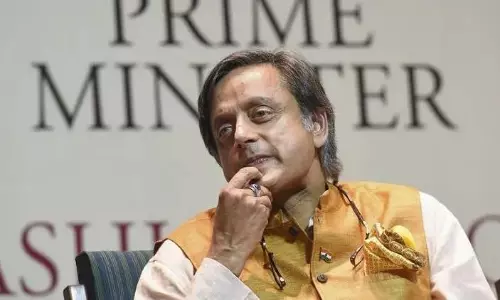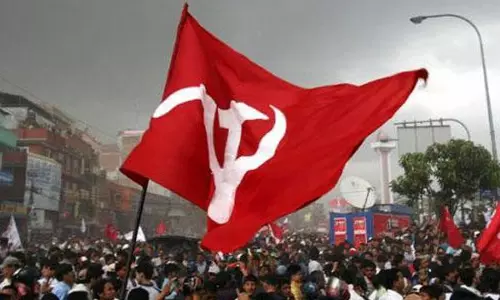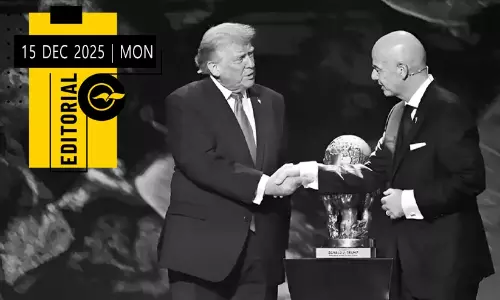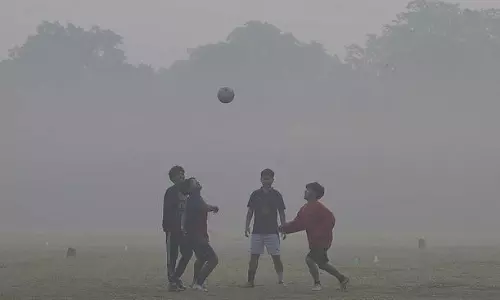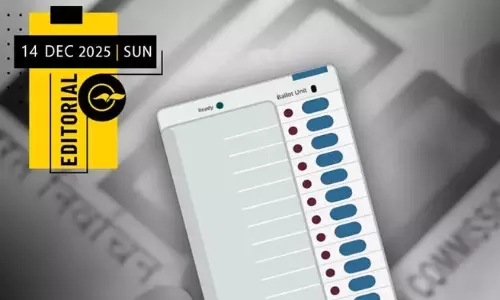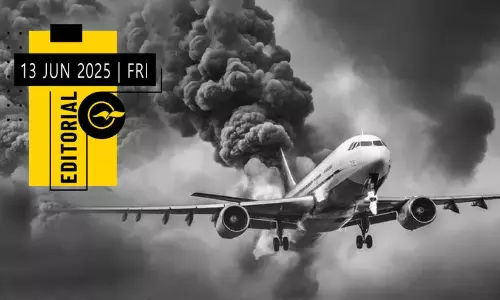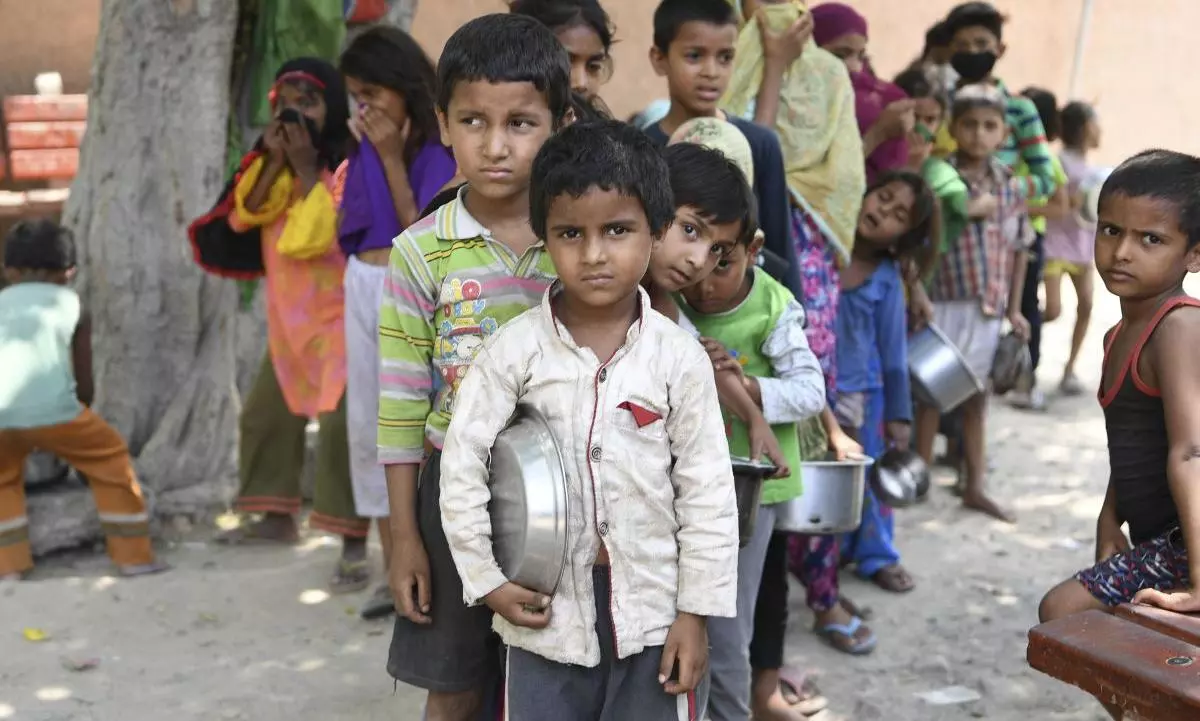
World Bank poverty report aids BJP narrative, but experts question credibility
text_fieldsThe World Bank’s recent claim that extreme poverty in India has fallen to just 2.3% in 2022–23 has drawn sharp scrutiny, as experts point to major changes in data sources and methodologies that cast doubt on the credibility of such a steep decline.
Though the report appears to reflect a significant improvement in living standards, the figures rest on survey data and poverty thresholds that many analysts say are too narrow to reflect India’s complex economic reality, The Wire report suggested.
The April 2025 brief, which forms the basis of the new estimate, draws on the Indian government’s 2022–23 Household Consumption Expenditure Survey (HCES), marking a return to official data collection after more than a decade.
This represents a major shift from the World Bank’s October 2024 brief, which relied on the Consumer Pyramids Household Survey (CPHS), a privately conducted dataset from the Centre for Monitoring Indian Economy. That earlier report had placed India’s extreme poverty at 12.9% for 2021–22, using a different method of estimation.
Assuming both reports are accurate, the implied drop of 10.6 percentage points in just one year would amount to an unprecedented reduction in global poverty terms, raising questions about what might account for such a shift. Observers note that this drastic change stems not from a sudden economic transformation but from the adoption of different survey instruments and assumptions, making comparisons across years unreliable.
The 2.3% figure corresponds to the proportion of people living on less than $2.15 a day, which translates to under Rs 5,200 per month using purchasing power parity conversions. Many researchers argue that this threshold is too low to capture the full scope of deprivation in India.
The same World Bank brief reports that 28.1% of the population falls below the $3.65 per day poverty line, indicating a far more widespread problem when a slightly more reasonable standard is applied.
The government’s past refusal to release the 2017–18 Consumer Expenditure Survey, citing data quality issues, further complicates the timeline of poverty measurement in India. In the absence of official data, economists developed their own methods to estimate poverty, leading to divergent results. One study based on national accounts put poverty below 2% in 2019–20, while another using the CPHS suggested it was closer to 10%, highlighting the deep uncertainty around poverty statistics.
Broader macroeconomic trends also make the World Bank’s 2.3% figure difficult to accept without question. India’s economy has faced several disruptions in the last decade, including demonetisation, the COVID-19 pandemic, and persistent urban unemployment averaging around 7% in 2022–23. Economic growth during this period has been uneven, with high-income sectors performing well while lower-income groups continued to experience stagnation and distress.
Critics argue that using an ultra-low poverty threshold serves to generate politically convenient narratives, obscuring the challenges faced by millions of Indians who live just above that line. As debates over measurement continue, analysts warn that choosing a poverty line that is too low may offer the illusion of progress while masking the persistence of widespread economic insecurity.




